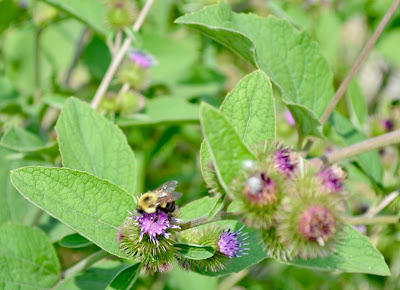Hog Barn Saturation.

The following letter by Jon Crowson appeared recently in the Empire Advance, a weekly newspaper in Virden, Manitoba. It's his response to an article which appeared earlier in the same paper (see bottom). Hog Barn Saturation. Thanks for the primer on the provinces hog industry (Empire Advance, June 4, 2021). Frankly I’m not sure I really needed one. This map, from the industry itself, shows hog barn locations as they were n 2007. How many are enough? When the big guns from Manitoba Pork seek a meeting with council (even if they don’t have to leave their own boardroom to do it), one can’t help but be suspicious about their motives. Could it be that recent decisions, such as Cartwright-Roblin council to reject a new barn proposal, has got them worried? Worried that the tide is turning against the takeover of our rural areas by “Big Pork”. When it comes to new factory hog barn proposals the concerns of nearby residents cover the gamut from the stink (sufficient to breech the Internati








